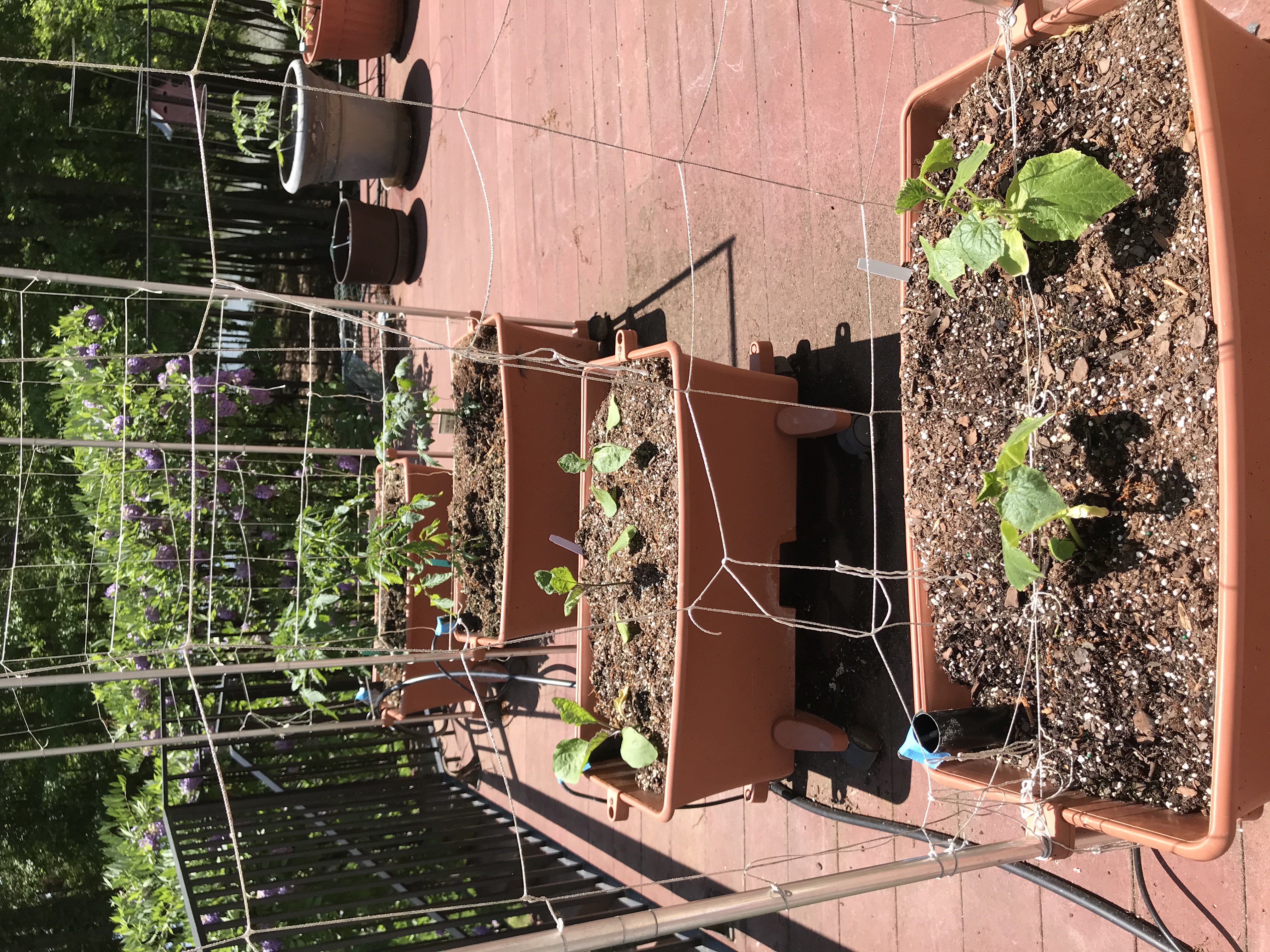Gardening in the Time of Corona Virus
go.ncsu.edu/readext?683357
en Español / em Português
El inglés es el idioma de control de esta página. En la medida en que haya algún conflicto entre la traducción al inglés y la traducción, el inglés prevalece.
Al hacer clic en el enlace de traducción se activa un servicio de traducción gratuito para convertir la página al español. Al igual que con cualquier traducción por Internet, la conversión no es sensible al contexto y puede que no traduzca el texto en su significado original. NC State Extension no garantiza la exactitud del texto traducido. Por favor, tenga en cuenta que algunas aplicaciones y/o servicios pueden no funcionar como se espera cuando se traducen.
Português
Inglês é o idioma de controle desta página. Na medida que haja algum conflito entre o texto original em Inglês e a tradução, o Inglês prevalece.
Ao clicar no link de tradução, um serviço gratuito de tradução será ativado para converter a página para o Português. Como em qualquer tradução pela internet, a conversão não é sensivel ao contexto e pode não ocorrer a tradução para o significado orginal. O serviço de Extensão da Carolina do Norte (NC State Extension) não garante a exatidão do texto traduzido. Por favor, observe que algumas funções ou serviços podem não funcionar como esperado após a tradução.
English
English is the controlling language of this page. To the extent there is any conflict between the English text and the translation, English controls.
Clicking on the translation link activates a free translation service to convert the page to Spanish. As with any Internet translation, the conversion is not context-sensitive and may not translate the text to its original meaning. NC State Extension does not guarantee the accuracy of the translated text. Please note that some applications and/or services may not function as expected when translated.
Collapse ▲Spring is here, and we have to stay home, so now is a great time to start a garden. You don’t need a considerable amount of space to have a garden.
The best advice I can give first-time gardeners is to start small. It’s easy to get carried away at the garden center and buy too many plants or seeds. Remember, all those little plants will get big and need water throughout the summer.
Container or patio gardening is one of my favorite ways to garden. Many vegetables can be grown in containers. For example, enough lettuce for a salad can be grown in a 12-inch pot on the back deck. Add a few radishes and carrots, for spice and sweetness, and you have a good start on a delicious salad. Some easy vegetables to grow and be successful are squash and zucchini or cherry tomatoes. One cherry/grape tomato plant can produce a tremendous amount of fruit, and they are fun to eat
Success, however, takes more than just a place to grow the vegetables. They need sunlight, water, air, soil, fertilizer, and care.
Most vegetables need at least eight hours of direct sunlight. Plants that we grow for their fruit, including tomatoes, squash, cucumbers, and okra, need a least eight hours and do better with ten hours of sunlight. Where most gardens fail is with water. Water makes up 90 percent of a plant’s weight. You must locate your garden near a water supply so you can water adequately. Hauling buckets of water across the yard or dragging hoses hundreds of feet every few days makes taking care of your garden a burden.
If you are growing your garden in containers, you will need to water every other day at the beginning of the season and as much as twice a day later on in the summer. In the ground, vegetables will need one inch of water per week. Water the soil, not the leaves of the plant. Many diseases are spread by water splashing on the leaves. Overwatering can also lead to insect and disease problems as well as washing nutrients away.
Pull weeds as soon as you see them, and remove any dead or dying plants from the garden. Tall plants like tomatoes will need support with a trellis, stake, or tepee. Harvest your vegetables when they are fully ripe for the best flavor.
Take notes about your garden throughout the season in a journal. This is one of the best ways to really grow as a gardener. Record how individual plants do in your garden and what worked well and what didn’t. Your journal can be as simple as a spiral notebook, just as long as there is room for planning, drawing, and making notes.







